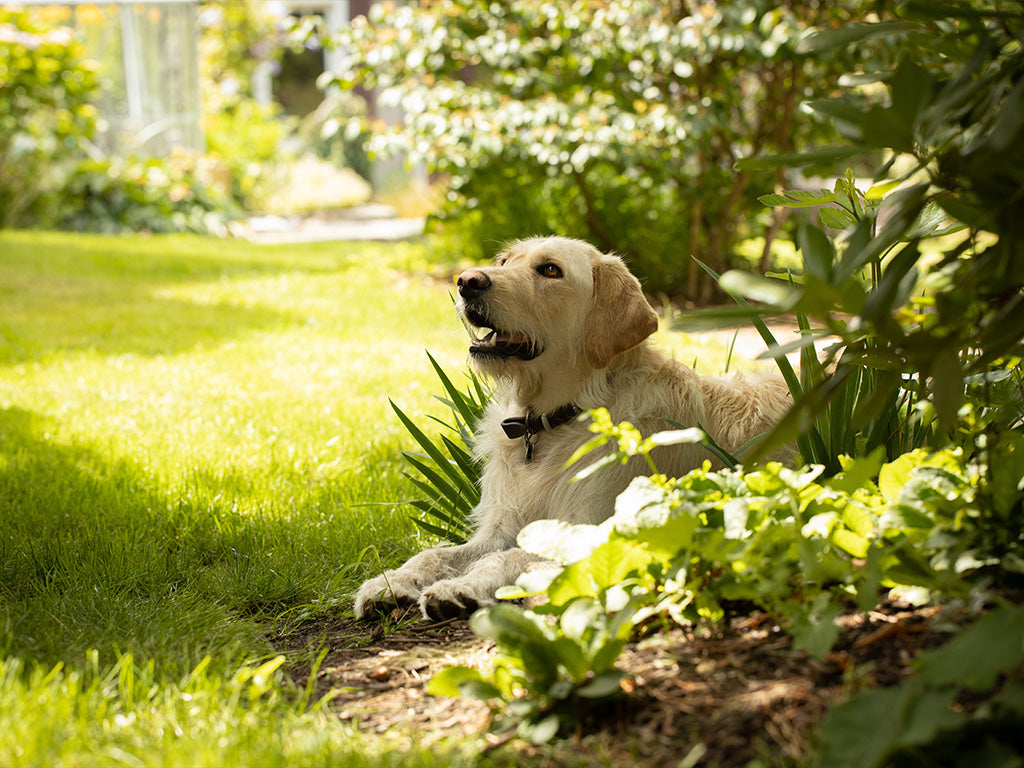Spring is a delightful time of year, with flowers blooming and warmer weather arriving. However, this season also brings specific hazards that pet owners need to be aware of to ensure their dogs' safety and well-being. Being vigilant about potential dangers can help your canine companion enjoy a happy and healthy spring.
Garden Dangers
As we get busy in our gardens, it's easy to overlook potential dangers for our dogs.
- Pesticides and Fertilisers: These can be harmful if ingested or if your dog walks through treated areas and then licks their paws. Always store them securely out of reach and keep your dog off treated lawns for the recommended time.
- Spring Bulbs: Many beautiful spring bulbs, including daffodils, tulips, and hyacinths, are poisonous to dogs if eaten. Take care when planting and prevent your dog from digging in these areas.
- Cocoa Mulch: This popular gardening mulch contains theobromine, the same ingredient that makes chocolate toxic to dogs. Opt for pet-safe alternatives such as shredded bark, pine needles, pea gravel, leaf mould or wood chips with large pieces.
Parasite Prevention
With the warmer weather comes an increase in pesky parasites.
- Fleas and Ticks: Spring marks the beginning of flea and tick season. Ensure your dog's preventative treatments are current. Consult your veterinarian for the best flea and tick control options for your dog.
- Lungworm: This harmful parasite is spread by slugs and snails. Dogs can become infected by accidentally consuming them or their slime trails. Regular worming treatments can protect your dog against lungworm.
- Other Spring Hazards
Keep these other potential dangers in mind as well.
- Antifreeze Awareness: Although more common in winter, antifreeze spills can still occur in spring. Its sweet taste is appealing to dogs, but it is highly toxic. Clean up any spills immediately and store antifreeze in secure containers.
- Preventing Dog Heatstroke: Even on mild spring days, cars can heat up rapidly, posing a serious risk of heatstroke, especially for dogs with thick fur. Never leave your dog unattended in a parked car. Always ensure they have access to fresh water and shade.
Managing Dog Allergies in Spring: Just like humans, dogs can suffer from seasonal allergies triggered by pollen and other environmental factors. Watch for signs such as excessive scratching, paw licking, and skin irritation. Consult your vet if you suspect your dog has allergies.
By being aware of these spring hazards, we can all help ensure our dogs have a happy and healthy season!
